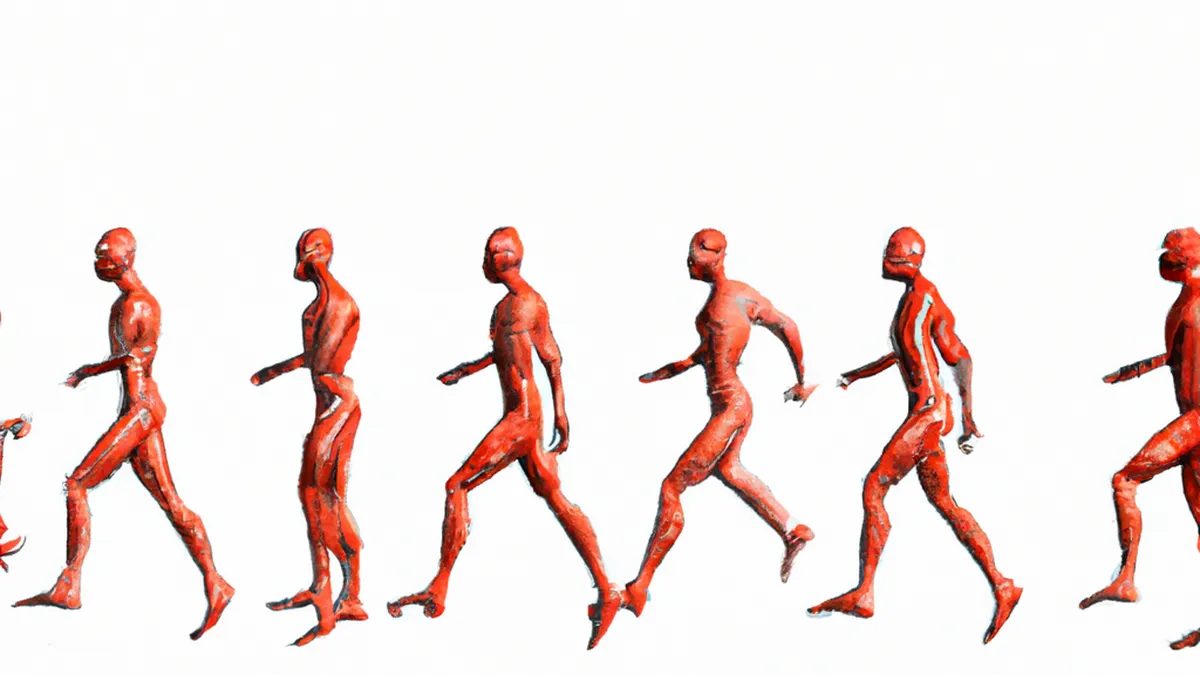Adjusting Your Run for Optimal Upper Body Posture
Analyzing the Effects of Running Form on Upper Body Posture
Running promotes cardiovascular health, helps maintain weight, and contributes to well-being. Many runners overlook proper form, especially upper body posture. This blog will explain how running form impacts upper body posture and provide practical tips for improvement.
Understanding Running Form
Running form includes foot strike, arm swing, and torso alignment. Each component affects running efficiency and injury risk. Proper form enhances performance, while poor form can cause discomfort and musculoskeletal issues.
The Role of Upper Body Posture
Runners who focus only on leg movements often neglect upper body posture. This neglect can lead to slouching, tension, and misalignment. Poor posture affects performance and may cause injuries over time. Research shows that bad posture can lead to runner’s shoulder, neck pain, and lower back discomfort. Understanding the link between running form and upper body posture is crucial for all runners.
Tips for Improving Upper Body Posture
Focus on Relaxed Shoulders
Many runners tense their shoulders while running. This tension causes discomfort and fatigue during longer runs. To combat this, relax your shoulders. Before running, take deep breaths and let your shoulders drop. Periodically check your shoulders while running to ensure they stay loose. Allow your arms to swing naturally without stiffness.
Maintain a Straight Torso
A straight torso promotes balance and efficient breathing. An aligned torso allows your diaphragm to function optimally. Keep your head aligned with your spine, avoiding forward lean or excessive backward arching. Visualize a string pulling you upward from your head. This cue helps maintain an upright posture during your run.
Use Proper Arm Swing
Proper arm swing enhances running efficiency. Your arms should move in sync with your legs, aiding momentum and balance. Bend your elbows at about 90 degrees and swing your arms forward and backward, not across your body. This arm swing complements your stride and helps maintain stability.
Engage Your Core
A strong core supports good posture while running. It stabilizes your torso and maintains alignment. Incorporate core-strengthening exercises into your routine, such as planks, bridges, and bicycle crunches. A strong core reduces strain on your body.
Conclusion
Improving upper body posture enhances running efficiency and reduces injury risk. Focus on relaxed shoulders, a straight torso, proper arm swing, and core engagement to optimize your running form.
Below are related products based on this post:
FAQ
How does upper body posture affect running performance?
Upper body posture plays a significant role in running performance. Poor posture can lead to slouching and misalignment, which may cause discomfort and increase the risk of injuries such as runner’s shoulder, neck pain, and lower back discomfort. By maintaining proper upper body posture, runners can enhance their efficiency and reduce the likelihood of these issues.
What are some tips for improving upper body posture while running?
To improve upper body posture while running, focus on relaxing your shoulders to prevent tension and fatigue. Maintain a straight torso by keeping your head aligned with your spine and visualizing an upward pull from your head. Additionally, ensure your arm swing is proper—bend your elbows at about 90 degrees and swing your arms forward and backward in sync with your legs. Lastly, engage your core to provide stability and support for good posture.
Why is core engagement important for running posture?
Engaging your core is essential for maintaining good running posture as it stabilizes your torso and helps keep your body aligned. A strong core reduces strain on other muscles and joints, allowing for more efficient movement and reducing the risk of injuries. Incorporating core-strengthening exercises, such as planks and bicycle crunches, into your routine can significantly improve your running form.















Post Comment